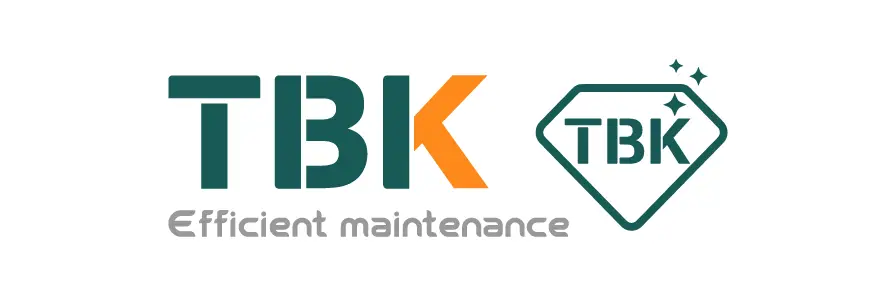Comparing Manual And Automatic Mobile Back Lamination Machines
Manual and automatic mobile back lamination machines are essential tools in the mobile phone repair industry. These machines play a vital role in protecting the back of phones from scratches, dust, and other damages. However, choosing between a manual and automatic mobile back lamination machine can be a challenging decision for many repair technicians. In this article, we will compare the two types of machines to help you make an informed choice for your repair business.
Manual Mobile Back Lamination Machines
Manual mobile back lamination machines require the user to manually feed the phone's back cover into the machine for lamination. These machines are typically more affordable than automatic ones and are suitable for small repair shops with a lower volume of repairs.
One advantage of manual machines is that they give the user more control over the lamination process. The technician can adjust the pressure and speed of the machine according to the specific needs of each repair, ensuring a more precise and tailored result. Additionally, manual machines are easy to operate and maintain, making them a popular choice for beginners in the industry.
However, manual machines also have some drawbacks. They are slower compared to automatic machines since the user has to feed each phone cover individually. This can result in longer waiting times for customers and reduced productivity for the repair shop. Moreover, manual machines may not be suitable for high-volume repair businesses as they require more manual labor.
Automatic Mobile Back Lamination Machines
Automatic mobile back lamination machines, on the other hand, are designed to laminate phone covers automatically without the need for manual intervention. These machines are ideal for repair shops with a high volume of phone repairs as they can laminate multiple covers simultaneously, increasing efficiency and productivity.
One of the key advantages of automatic machines is their speed. They can laminate phone covers quickly, allowing technicians to serve more customers in less time. This can result in higher profits for the repair shop and improved customer satisfaction. Additionally, automatic machines are easy to operate, requiring minimal training for technicians.
However, automatic machines tend to be more expensive than manual ones, making them a significant investment for repair businesses. They also require regular maintenance to ensure optimal performance, adding to the overall cost of ownership. Moreover, automatic machines may not offer the same level of customization and control as manual machines, which can be a drawback for technicians who prefer a more hands-on approach.
Comparison of Quality and Precision
When it comes to the quality and precision of lamination, both manual and automatic machines have their strengths and weaknesses. Manual machines allow technicians to adjust the pressure and speed of lamination, resulting in a more precise and customized finish. This can be beneficial for delicate repairs that require a higher level of attention to detail.
On the other hand, automatic machines offer consistent and uniform lamination results across all phone covers, thanks to their automated process. This can be advantageous for repair shops that prioritize efficiency and productivity over customization. However, the lack of customization options can be a limitation for technicians who prefer to have more control over the lamination process.
In terms of overall quality, both manual and automatic machines can achieve excellent results when operated correctly. The choice between the two types of machines ultimately depends on the specific needs and preferences of the repair business.
Cost Considerations
Cost is a significant factor to consider when choosing between manual and automatic mobile back lamination machines. Manual machines are generally more affordable upfront, making them a budget-friendly option for small repair shops or those on a tight budget. However, the lower cost of manual machines may be offset by higher labor costs due to the slower lamination process.
Automatic machines, while more expensive initially, can offer long-term cost savings through increased productivity and efficiency. These machines can help repair shops streamline their operations and serve more customers in less time, ultimately leading to higher profits. Additionally, automatic machines require less manual labor, reducing labor costs and freeing up technicians to focus on other tasks.
When considering the cost of a mobile back lamination machine, repair businesses should take into account not only the initial purchase price but also ongoing maintenance and operational costs. It is essential to weigh the upfront investment against the long-term benefits and savings that each type of machine can offer.
Conclusion
In conclusion, both manual and automatic mobile back lamination machines have their own set of advantages and disadvantages. Manual machines offer more control and customization options but are slower and may require more manual labor. Automatic machines, on the other hand, are faster and more efficient but may lack the same level of precision and customization.
When choosing between manual and automatic machines, repair businesses should consider factors such as their repair volume, budget, quality requirements, and operational preferences. It is essential to weigh the pros and cons of each type of machine carefully to make an informed decision that aligns with the specific needs of the repair business.
Ultimately, the choice between manual and automatic mobile back lamination machines is a personal one that depends on the unique circumstances of each repair shop. By understanding the differences between the two types of machines and considering the factors mentioned in this article, repair technicians can make a well-informed decision that will benefit their business in the long run.






























